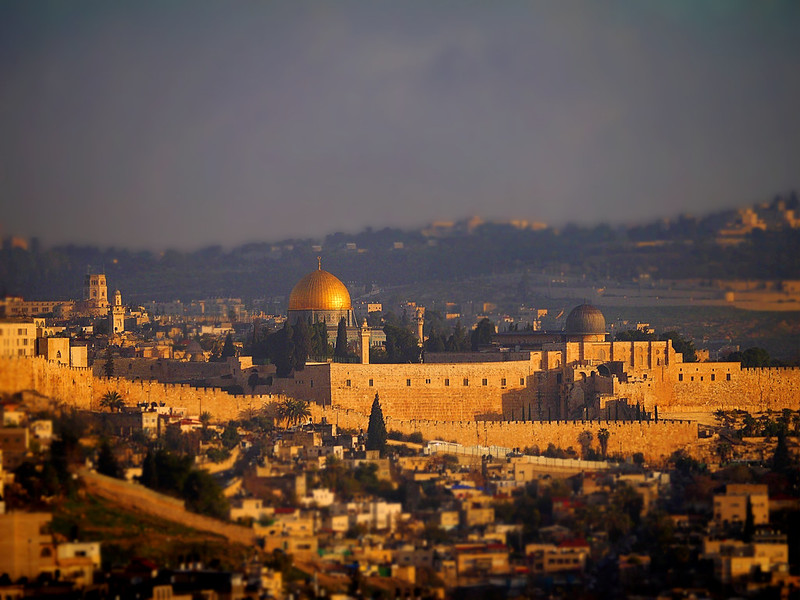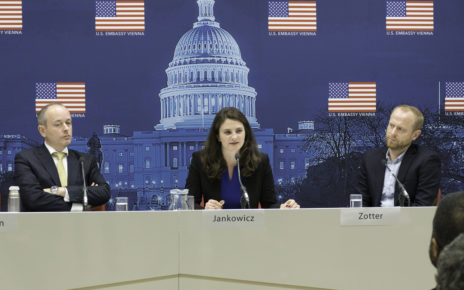While the definition of disinformation as “false information that is given deliberately” may seem clear-cut, recognizing disinformation when it is presented to us is arduous, especially when we are unmindfully scouring social media. In practice, disinformation is more nuanced than a true-false dichotomy: if the information landscape were to be visualized, it would not possess two poles but would instead form a gradient, where content would gravitate towards one desirable and one undesirable end, toward genuine information or disinformation. In considering the fluid nature of truthfulness, we can better understand the power of biased content which, although not false, distorts reality. If a reader is not paying close attention, or well-versed in the relevant context, some elements of a news report, for instance, might appear strange or unbalanced, but it might be difficult to expose, or put into words, the granularity of the bias. To expose just how much an event can be manipulated within a reasonable distance from the objective facts, this article will analyse two news reports on the exact same event, one from the Israeli journal the Times of Israel and the other from the Qatari media outlet Al Jazeera.
On May 10th, 2020, an Israeli man was driving in East Jerusalem amid tensions around the Temple Mount and, for reasons still unclear, Palestinians threw rocks at his car which resulted in him trying to ram one of the assailants with his vehicle. Those wanting to see the incident themselves can watch the video footage, but for the purposes of this article, we are not interested as much in what happened, but rather in how it was conveyed by news media. Pay close attention to the following captions taken directly from Facebook posts published by our two sources, mere hours apart.
Al Jazeera’s caption reads (verbatim): “Israeli settlers drive into a crowd of Palestinians, running over at least one person near the Lions Gate in Occupied East Jerusalem ⤵️,” while the caption of the Times of Israel’s article reads, “Arab rioters attack Jewish man’s car near Old City; he crashes into one of them,” while the post’s caption reads, “Video footage shows Palestinian youths hurling rocks at the car, trying to drag the driver and passengers out; police officer protects the car’s occupants, firing a pistol in the air.”
Perhaps the first thing we notice is the way the media refers to the Arab crowd and the Israeli driver, respectively. The use of the term “settler” by the Qatari media is especially noteworthy, as it refers to the belief that Israelis unjustly took possession of Jerusalem (and of Israel at large). In this context, “settler” could be substituted with “invader,” and it would keep the same meaning of implicitly questioning Israel’s legitimacy, though “invader” would do so in stronger terms. In addition, the Times of Israel clearly identifies the assailants as “Arabs” and “Palestinians” while putting emphasis on their unpeaceful behavior toward a “Jewish man.” This reinforces the appearance that this incident was an act of violence by Arabs directed at Jews. This fact is made even more crucial when considering that “news representations contribute to ways in which people see themselves, their own identity and that of others.”
Furthermore, each media outlet only partially recounts the events. On one hand, Al Jazeera minimizes the fact that the Palestinians were openly hostile toward the driver, forgoing any rationale he might have had by putting emphasis on the car’s use as a battering ram by saying, “Israeli settlers drive into a crowd of Palestinians.” In other words, no explanation for this action is given. On the other hand, the Times of Israel highlights the protesters’ aggressive behaviour by noting they were “trying to drag the driver and passengers out.” In essence, all the elements included in both articles did happen, factually speaking, but only selective portions of them were presented in the caption of each outlet’s respective piece. Why are both media not exposing the facts of the incident to their full extent, giving the maximum context possible? In this case, the discrepancy might be explained by the primary audience of each outlet, Arabs for Al Jazeera and Israelis for the Times of Israel. Hence, the coverage seems to be sharply split into an “us vs them” mentality, with each group trying to vilify the opponent and ignore certain actions by their group.
For the sake of brevity, I have focused on two specific articles, but there is much more to unravel here. I crudely applied Critical Discourse Analysis (CDA), a way to link information to its larger context, and I presented the two articles in parallel so that the differences could be noted most easily. But would most readers note the differences while casually scrolling through social media?
Here lies the quintessential problem of media bias: it is difficult to detect and can easily go unnoticed to the unmindful audience. This presents a risk, however, that the bias will be internalized by the audience and that it will contribute to a biased vision of events. When looking at content, it is not our reflex to question the link between the content and the media (and thus the possible biases) or the meaning of each expression used, but it is more than necessary to prevent adverse consequences such as the polarization of our views.
Featured image: Dome of the Rock at Dawn (2012), by joiseyshowaa via Flickr.
Disclaimer: Any views or opinions expressed in articles are solely those of the authors and do not necessarily represent the views of the NATO Association of Canada.




